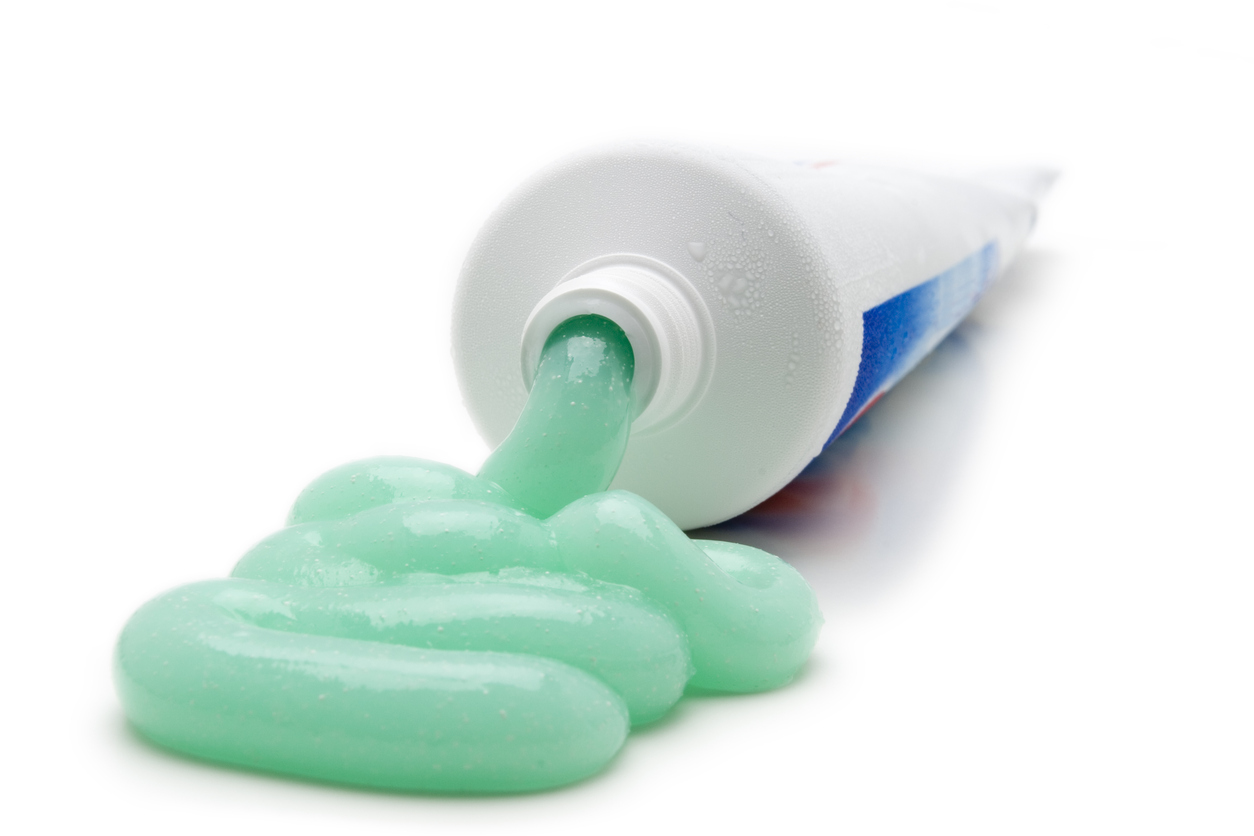We all know how to reset the clock at daylight savings time (albeit the first morning we may find ourselves a bit behind or ahead). We all know how and when to change our watches when we cross time zones. FDA now needs to find out how to reset the clock on several ANDAs, and possibly a 505(b)(2) application, once the issue presented below is publicly resolved.
Our good friend Kurt Karst at Hyman, Phelps and McNamara wrote and interesting blog post (here) that discussed a settlement that FDA has entered into with a drug firm on the issue of new chemical entity (NCE) exclusivity, and how it is to be interpreted when the NCE appears for the first time in a combination product, even when the other component of the combination has been previously approved. Remember (as Kurt so eloquently points out), that, in the past, the FDA denied 5-year NCE exclusivity, if a first time NCE was first approved in a combination product and the other component was not an NCE.
Some time ago, FDA changed its position and decided to take a forward-looking approach to applying its new decision and refused to look back at similarly situated products. When that happened, several firms that were adversely impacted by the decision balked and commenced litigation or submitted petitions to the Agency saying they should be treated the same even though the FDA took a forward-looking approach. Now, according to the settlement in the above referenced blog post, it appears that FDA may be reversing itself on its forward-looking approach and may entertain treating all previous applicants in the same manner. We don’t know for sure, but it certainly appears that way to Kurt and myself.
But alas, we leave the legal arguments and process to the lawyers where it belongs. But what about the fallout from the change in FDA’s position? As noted in the Karst blog, ANDAs have been submitted and accepted for some of the products that could be in question and at least one ANDA has received a tentative approval (TA) letter. Yikes! Remember that if an NDA is subject to 5-year NCE exclusivity, no ANDA or 505(b)(2) application can be received or filed by the Agency (they cannot accept it and must send it back) until the 5-year NCE period has expired or after 4 years, if the ANDA or 505(b)(2) application contains a paragraph IV certification challenging at least one of the patents listed on the NCE product.
Well, not only has FDA received some of these ANDAs, some have undergone review and, as noted, at least one has met all OGD approval requirements by virtue of the fact that it received a TA letter and approval is delayed only due to awaiting patent litigation, a 30-month stay, or expiration of some blocking exclusivity on the NCE NDA. Now FDA must figure out how to get the toothpaste back into the tube, and, if you have tried to do that, you know it is not easy and can get very messy.
First, it appears that OGD must act as if they were never submitted. OGD will need to craft and send a letter out to any firm basically stating that their application is no longer considered to have been received or filed. That might also mean refunds of user fees for those ANDAs submitted since the implementation of GDUFA or any PDUFA fee associated with a 505(b)(2) application. That part should be easy. Here is the hard part. How do you treat an ANDA that has undergone multiple reviews if (and/or when) it is resubmitted on the newly established NCE-1 date? Remember that the NDAs in question were likely subject to only 3-year Hatch-Waxman exclusivity, and with that, OGD was permitted to receive the ANDAs. What do you do with the reviews have been completed – simply ignore them? That is not a good use of OGD resources, but how can you not ignore them? They would never have been conducted if the FDA had awarded 5-year NCE to the innovator to start with. The problem gets even more complicated if you consider the ANDA with the TA. One would think that this ANDA should fly through OGD because it was at least once ready for approval; however, because those reviews would not have been conducted, if FDA relies at all on previous reviews, then that obviously disadvantages other first filers on the new NCE-1 date. Does FDA have to also see what facility inspections were first triggered by the ANDAs that were under review for those products? Or can they still rely on those inspectional findings? Again, this would disadvantage a newly submitted ANDA on the NCE-1 date or some other date, as may be cited if FDA issued those letters to applicants. What if one firm received the decisional letter a day or two after another and they miss the new date? Should firms be attempting to file new ANDAs now?
The soup gets thicker the more you stir it, and while it is simmering, the FDA needs to determine how to level the playing field for resubmitted and new ANDAs. Not an easy job and someone will likely feel disadvantaged by some part of whatever FDA decides, unless everything starts from the new NCE-1 ground zero date. Should OGD be forced to use new or different reviewers or inspectors who are not familiar with those previously reviewed ANDAs or facilities? This will likely result in more disruption for OGD. As Oliver Hardy used to say to his partner in crime, “Here’s another fine mess you’ve gotten me into, Stanley.” Good luck, FDA, and we will be holding our breath to see what you decide to do.




